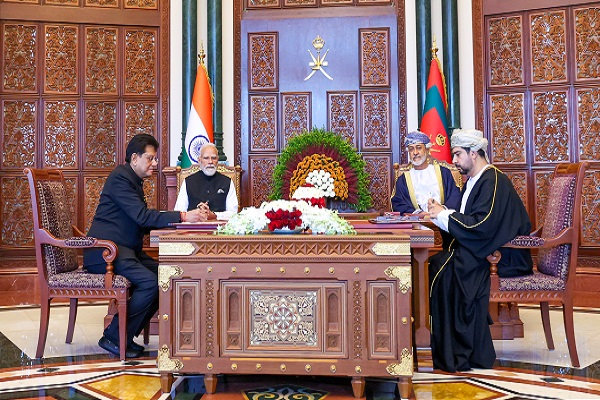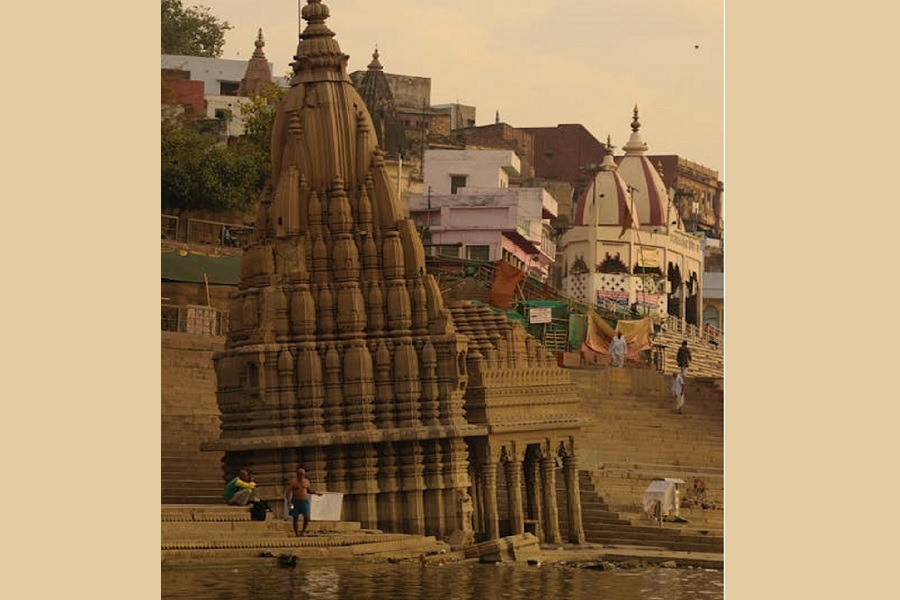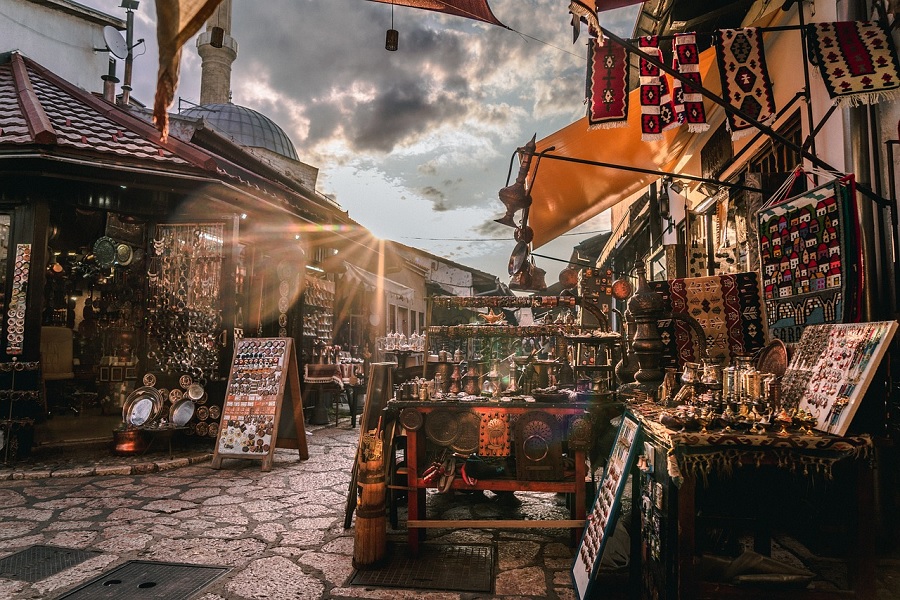Echoes of Enlightenment: Cultural Tourism through Buddhist Heritage

The serene image above, depicting a meditative Buddha statue surrounded by ancient brick stupas and temples, embodies the essence of cultural tourism rooted in spirituality, heritage, and timeless philosophy. This captivating scene is likely from a site such as Sukhothai Historical Park in Thailand or a similar Southeast Asian Buddhist heritage location—each one offering an immersive journey into the past.
Cultural Tourism and the Buddhist Trail
Buddhism is not only a religion but also a cultural force that shaped the architecture, art, and way of life in many parts of Asia. Sites like this are more than archaeological marvels; they are living testimonies of centuries-old teachings and civilizations.
1. Spiritual Significance
The image reflects the peacefulness and inner balance at the heart of Buddhist philosophy. Tourists visit such heritage sites not only for their beauty but to feel a sense of calm, reflect on life, and experience spiritual tranquility in sacred spaces.
2. Architectural Legacy
Buddhist architecture—from stupas and chaityas to vihars and monasteries—is marked by intricate carvings, symbolic statues, and symmetry. Cultural travelers find themselves mesmerized by the craftsmanship and spiritual symbolism in each detail of these ancient structures.
3. UNESCO World Heritage Importance
Many Buddhist sites—such as Sukhothai (Thailand), Bagan (Myanmar), Bodh Gaya (India), and Luang Prabang (Laos)—are recognized as UNESCO World Heritage Sites. They preserve centuries-old cultural practices, languages, and rituals that are vital to humanity’s shared heritage.
4. A Journey Through Teachings
Cultural tourism around Buddhist sites often involves participating in meditation retreats, Dharma talks, and walking tours with monks. These immersive experiences provide insight into the life of Gautama Buddha, his path to enlightenment, and how his teachings influence millions globally.
5. Cultural Exchange & Preservation
By visiting these places respectfully, travelers contribute to the preservation of heritage and support local communities engaged in restoration, education, and cultural conservation.
Notable Buddhist Cultural Sites to Explore:
Sarnath & Bodh Gaya, India – The birthplace of Buddhist teachings and enlightenment.
Sukhothai & Ayutthaya, Thailand – Former capitals with historic temples and Buddha statues.
Anuradhapura, Sri Lanka – A sacred city with ancient stupas and Bodhi trees.
Lumbini, Nepal – The birthplace of Siddhartha Gautama, the Buddha.
Bagan, Myanmar – A surreal plain filled with over 2,000 Buddhist temples and pagodas.
Travel Tips for Cultural Tourists:
Dress modestly and behave respectfully in temple grounds.
Learn about local customs and the historical context before visiting.
Support local guides and artisans to preserve the cultural ecosystem.
Participate in traditional rituals or meditation sessions for deeper insight.




















